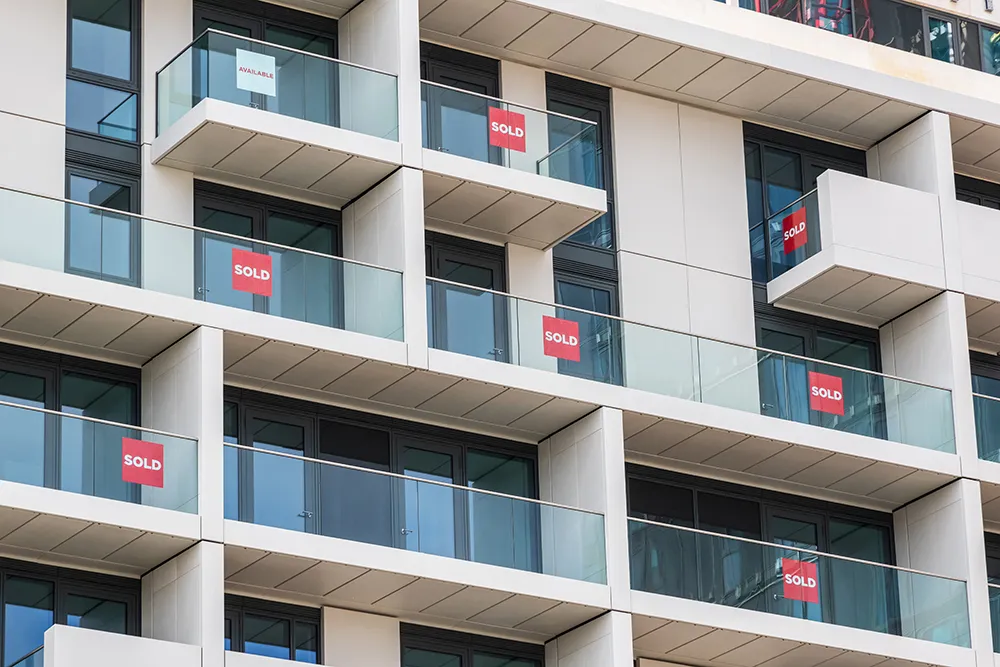
While the landscape has certainly improved since the new year, there’s no question landlords have needed to show real resilience over the past nine months or so.
In truth, the events of 2022 can be added to a long list of reasons why landlords have needed thick skins over the years, whether it’s changing government policy, tougher letting and property requirements or continued anti-landlord rhetoric. That’s not forgetting a global pandemic for good measure.
It is very easy for landlords to get bogged down by the myriad of challenges facing the profession and the sector, but there’s still plenty of reasons to be positive about the buy-to-let market. As a lender to the market, you may expect us to say that, but it’s certainly clear when looking at business activity and the number of DIPs (Decision in Principle). However, it’s not just us – many landlords feel the same way.
According to data from our latest landlord survey, almost half of landlords (46%) remain positive about the future prospects of their buy-to-let business and investments. When asked for their thoughts on the UK economy, almost the same number (44%) felt positive about its future and expect it to bounce back.
Of those feeling positive about their business, the strongest sentiment came from landlords with 11-20 properties, with 41% sharing their optimism. Meanwhile, 26% of landlords with portfolios between four and 10 properties voiced the same opinion.
Perhaps the most obvious reason given by landlords is both high occupancy rates and high rental demand with the number of potential tenants continuing to outweigh properties available. Latest survey data from RICS found tenant demand has increased by 32% from January alone. As a result, research shows the average void period in England during February dropped by 26% – from 23 days to 17 days.
To give you a real-world example, a member of the team at Landbay recently received over 200 rental applications for their listing. This wasn’t for a flat or even a house, but for a spare room. Whether it’s those with no intentions of buying, others without a suitable deposit or would-be buyers holding off for more favourable mortgage rates, demand is incredibly fierce.
While strong rental yields was another popular response, others were confident that sound management and good service will continue to separate landlords. Some even argued that new regulation and tax changes have a greater impact on new entrants more than the established landlords.
It’s certainly fantastic to see a strong proportion of landlords showing such positivity, but we mustn’t forget the 35% of landlords that were more neutral in their response. Their key concerns were government interference, the negative connotations surrounding landlords and general uncertainty in the market. Although rates have steadily improved just in Q1 and inflation is showing signs of easing, there’s still the prospect of a rate shock for those landlords coming off more favourable fixed rates.
We cannot rely on the government to make changes to better support landlords or help reduce these unhelpful stereotypes, but we can as an industry do everything in our power to not only help nurture positivity but encourage new entrants. For us as a lender, that means delivering a competitive advantage for landlords of all sizes across our diverse range of products. It also means exploring new ways to lend to help clients with affordability and changing requirements.
While fierce demand and robust rental yields are clear reasons for landlords to be positive, lenders willing to lend to support their ambitions is clearly a benefit too.
Paul Brett is managing director, intermediaries at Landbay



